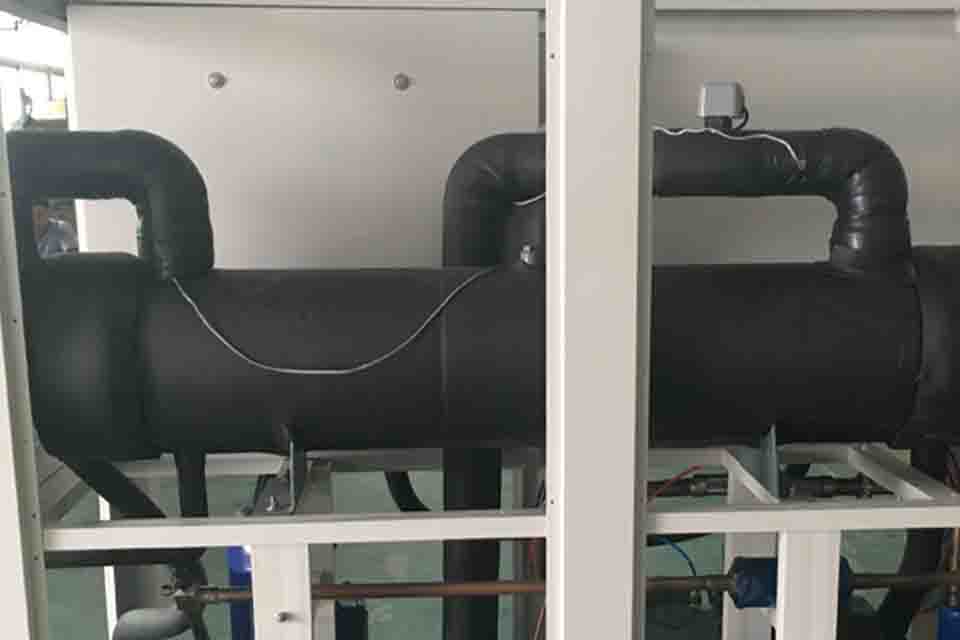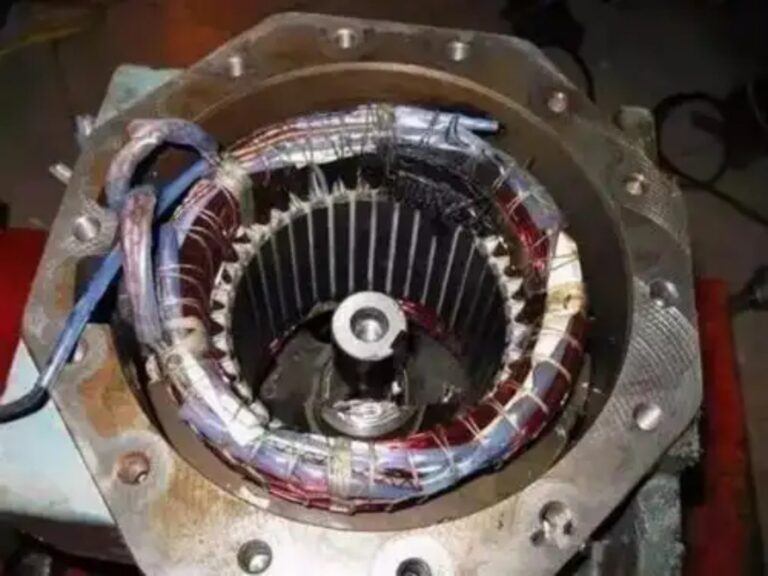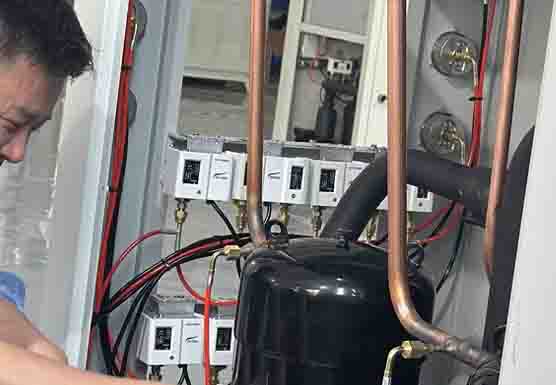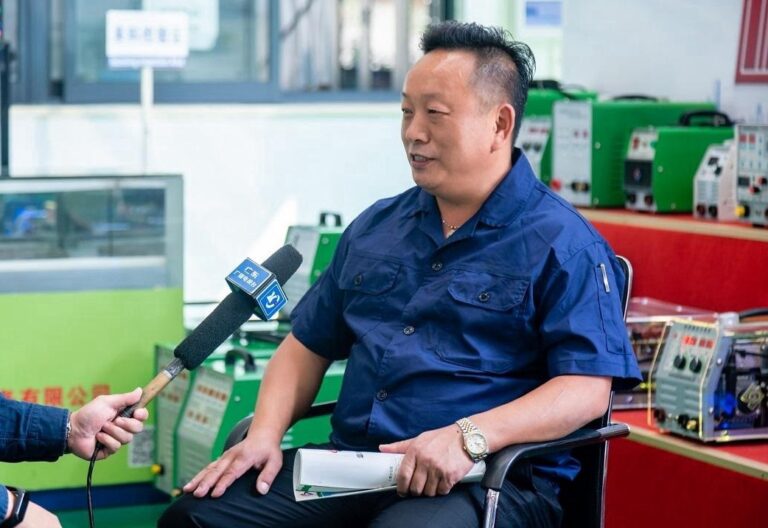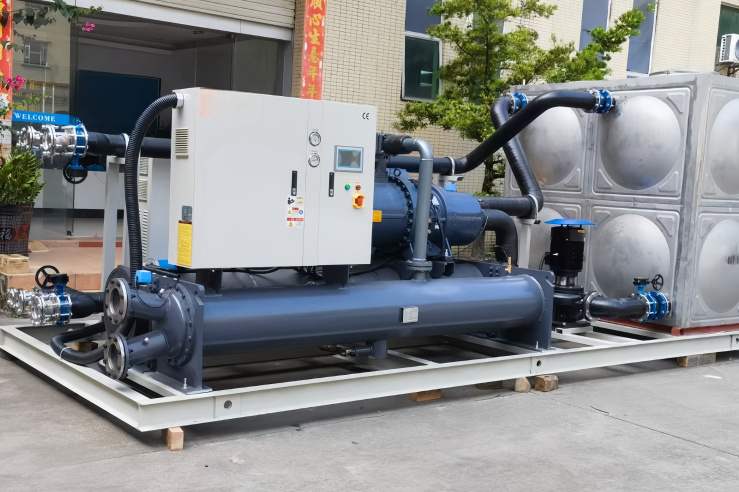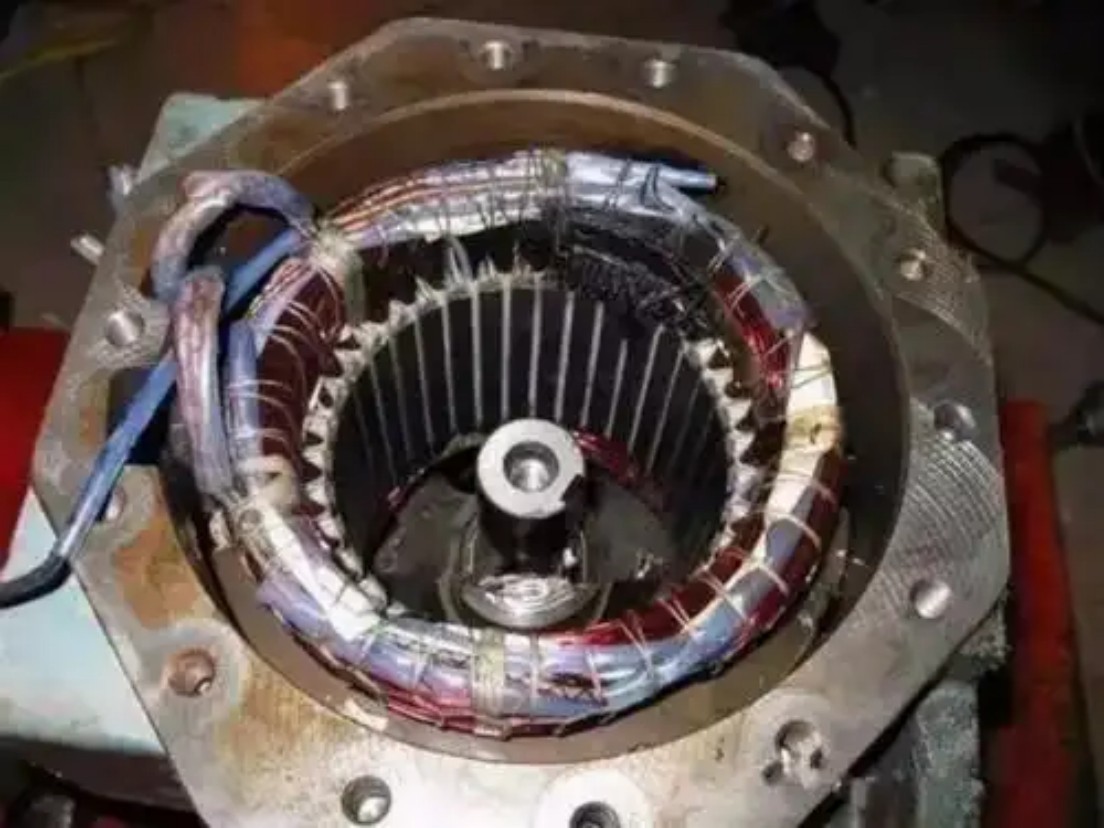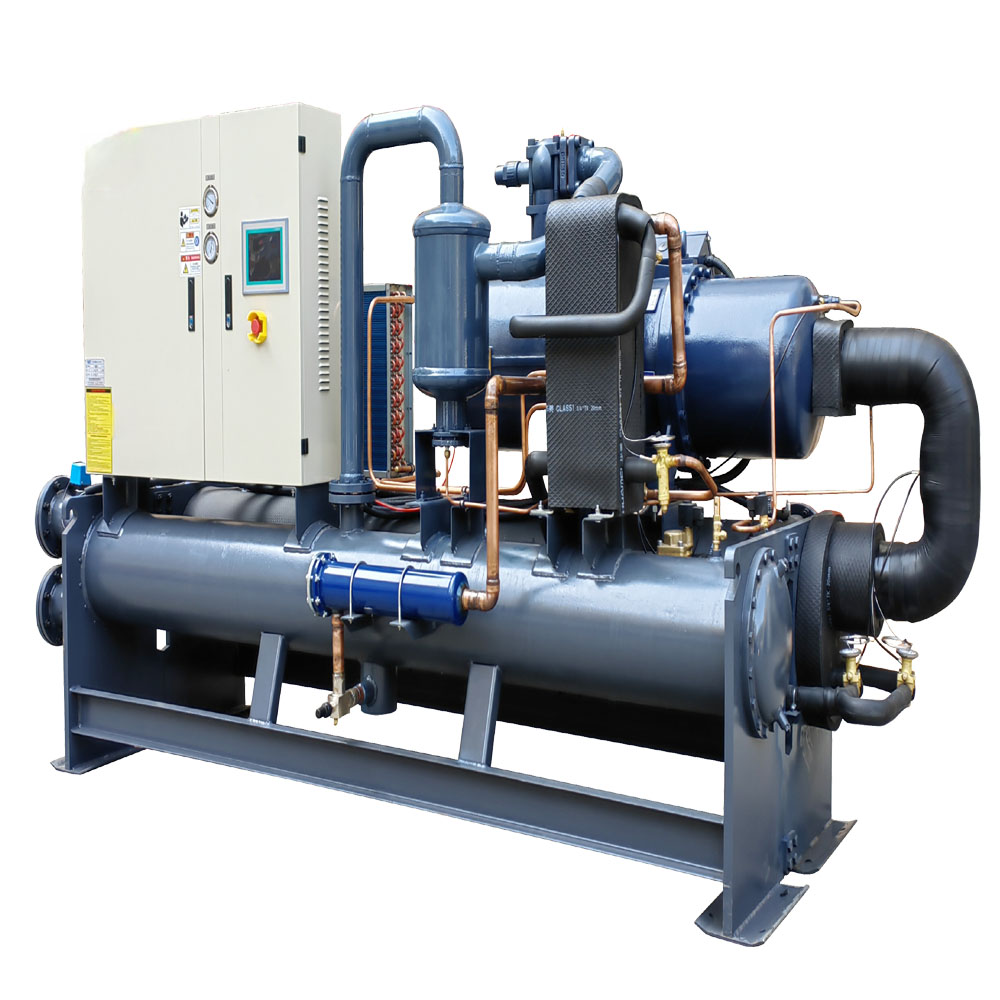-
Dalingshan sanoat Guangdong

how do i choose my chiller
Choosing the Right Chiller: A Step-by-Step Guide for Your Application
Ushbu maqola qanday qilish bo'yicha keng qamrovli qo'llanmani taqdim etadi select a chiller that perfectly fits your needs, focusing on industrial applications. It covers the critical factors you must consider to ensure optimal performance, efficiency, and longevity of your sovutish tizimi. Whether you’re in the Plastics and Rubber Industry, Machining Industry, or any other sector requiring precise temperature control, this guide is designed to help you make an informed decision, ultimately leading to cost savings and improved operational efficiency. This article is a worthwhile read because it breaks down complex technical details into simple, understandable language, ensuring that even those new to sovutgichlar can grasp the essential concepts and make the eng yaxshi sovutgich choice for their specific requirements.
Mundarija
Sanoat sovutgichi nima va u qanday ishlaydi?
An sanoat sovutgich a sovutish tizimi that removes heat from a liquid via a vapor-compression or absorption refrigeration cycle. This cooled liquid then circulates through a heat exchanger to cool equipment or another process stream (such as air or process water). As a necessary component, sovutish creates a continuous cycle of cooling and heat transfer.
In essence, a chiller functions by circulating a sovutish suvi, typically water or a water/glikol mixture, through a closed-loop system. The sovutish suvi absorbs heat from the process or equipment, which then flows to the chiller qayerda sovutgich ichida chiller issiqlikni yutadi. The kompressor keyin bosim va haroratni oshiradi sovutgich, which then flows to the kondensator. Here, the heat is released, either to the ambient air in havo sovutgichli sovutgichlar or to a separate water source in water-cooled systems. My experience has shown me that understanding this basic principle is crucial for anyone operating in an industrial setting.
Why is Selecting the Correctly Sized Chiller Crucial?
Selecting a correctly sized chiller is vital for maintaining optimal performance and efficiency in your operations. An past o'lchamli chiller har doim bo'ladi struggle to meet the cooling demands, leading to inadequate sovutish and potential damage to your process equipment and the process itself. My personal experience emphasizes that this can result in costly downtime and reduced productivity. This leads to issues where the chiller hech qachon qila olmaydi uchun properly cool the process equipment, leading to overheating and potential damage. Conversely, an oversized chiller will never operate at its peak efficiency, leading to higher energy consumption and unnecessary operational costs. Plus, the temperature will not be stable. The chiller might cool the process too quickly, leading to short cycling, where the chiller turns on and off frequently. This not only wastes energy but also puts extra wear and tear on the sovutgich components, reducing its lifespan. The oversized chiller will never be able to run at its rated capacity. Also, the initial investment for an oversized unit is higher, and it may require more space around the chiller for proper ventilation and maintenance, adding to the overall cost and complexity.
In simple terms, one size does not fit all. Getting the correct chiller hajmi ensures that the system can handle the sovutish yuki efficiently, maintaining the desired process water temperature and extending the lifespan of your equipment. An kichik o'lchamdagi sovutgich is like trying to cool a large room with a tiny fan – it simply won’t work efficiently. On the other hand, an katta hajmli sovutgich is like using a massive air conditioner to cool a small closet – it’s overkill and wasteful. The to'g'ri o'lcham ni ta'minlaydi chiller operates within its optimal range, providing efficient sovutish without unnecessary strain.
What are the Main Types of Chillers?
Broadly speaking, sovutgichlar are categorized into two main types based on their heat rejection method: havo bilan sovutilgan and water-cooled. Havo sovutgichli sovutgichlar use ambient air to dissipate heat, while suv bilan sovutilgan sovutgichlar a dan suv foydalaning sovutish minorasi or other water source.
Havo sovutgichli sovutgichlar bor easy to install and require less maintenance than water-cooled systems. They are typically preferred in applications where water is scarce or where a simple, self-contained system is desired. Havo sovutgichli sovutgichlar are typically ishlatilgan when the heat from the chiller can be exhausted directly outside. However, they can be less efficient in yuqori muhit harorati. My firsthand experience confirms that these chillers are ideal for smaller setups. These sovutgichlar use fans to blow ambient air across a kondensator, which cools the sovutgich.
| Xususiyat | Havo sovutgichli sovutgichlar | Suv bilan sovutilgan sovutgichlar |
| O'rnatish | Simpler, no need for a cooling tower | Keyinchalik murakkab, sovutish minorasi yoki suv manbasini talab qiladi |
| Xizmat | Lower, fewer components to maintain | Higher, requires regular cleaning of cooling tower |
| Samaradorlik | Generally lower, especially in high ambient temperatures | Generally higher, more consistent performance |
| Kosmos | Can be larger, requires clearance for airflow | Can be smaller, but requires space for cooling tower |
| Noise | Louder due to fans | Quieter operation |
| Suvdan foydalanish | No water consumption | Uzluksiz suv ta'minotini talab qiladi |
| Ilova | Suitable for smaller to medium cooling loads | Ideal for large cooling loads and high-heat environments |
| Narxi | Lower initial cost | Higher initial cost |
| Energiyadan foydalanish | More in warm temperatures | Less, efficient cooling |
| Indoor/Outdoor | Outdoor | Indoor |
Suv bilan sovutilgan sovutgichlar ko'proq efficient than air-cooled units, especially in yuqori muhit harorati, because water is a more effective issiqlik uzatish medium than air. They require a separate sovutish water source, which can be a sovutish minorasi, a well, or a municipal water supply. Suv bilan sovutilgan sovutgichlar are generally more samarali because water has a higher heat capacity than air, meaning it can absorb more heat. These sovutgichlar circulate water through a kondensator, which absorbs the heat from the sovutgich. The heated water is then pumped to a sovutish minorasi where the heat is dissipated. Suv bilan sovutilgan sovutgichlar are ideal for large industrial applications where efficient sovutish is critical and a reliable water source is available. While they require more maintenance, their energy efficiency often leads to lower operating costs in the long run. Additionally, they can be installed indoors, which protects them from weather elements and allows for easy inspection and maintenance. They are well-suited for large industrial applications where a reliable sovutish source is available. From what I’ve seen, they are the go-to choice for large-scale operations. Also, suv bilan sovutilgan sovutgichlar are typically placed indoors, while havo sovutgichli sovutgichlar are usually placed outdoors.
How to Determine the Cooling Load for Your Application?
ni aniqlash sovutish yuki is a critical step in selecting the correct chiller hajmi. The sovutish yuki is the amount of heat that needs to be removed from the process or equipment to maintain the desired temperature. It’s usually measured in tons of refrigeration or BTUs per hour.
There are several methods to calculate the sovutish yuki, including using the flow rate and temperature difference (kirish va chiqish water) or by assessing the heat generated by the equipment itself. For instance, the formula to calculate the required chiller capacity based on water flow rate and temperature change is:
Cooling Load (BTU/hr) = Water Flow Rate (gallons/min) * 500 * (Inlet Water Temperature (°F) – Outlet Water Temperature (°F))
Agar inlet water temperature is 65°F and the outlet water temperature is 55°F, and the rate of flow is 10 gallons per minute, then:
Cooling Load (BTU/hr) = 10 * 500 * (65 – 55) = 50,000 BTU/hr.
It’s crucial to consider all sources of heat generation within the process. In my experience, overlooking even minor heat sources can lead to an undersized system. When calculating sovutish capacity, it is important to include a safety factor, typically around 20%, to account for variations in operating conditions and potential future expansion. This ensures that your chiller can handle unexpected increases in sovutish demand without compromising performance. The goal is to help you make the best decision possible.
What Role Does Ambient Temperature Play in Chiller Selection?
Atrof muhit air temperature significantly impacts sovutgichning ishlashi, particularly for havo bilan sovutilgan units. In regions with yuqori muhit harorati, the chiller‘s ability to dissipate heat is reduced, requiring a larger chiller xuddi shunday erishish uchun sovutish capacity.
For instance, a chiller operating in a location with an average atrof-muhit havosining harorati of 95°F will need to work harder than one operating at 75°F. This is because the issiqlik uzatish efficiency decreases as the temperature difference between the sovutgich va muhit air decreases. Therefore, it’s crucial to consider the maximum expected muhit temperature when selecting a chiller.
| Ambient Temperature (°F) | Chiller Capacity Reduction (%) |
| 75 | 0 |
| 85 | 5 |
| 95 | 10 |
| 105 | 15 |
| 115 | 20 |
In my experience, customers in hotter climates often require a larger chiller to compensate for the reduced efficiency. It’s essential to consult with chiller ishlab chiqaruvchilari or experienced engineers to accurately account for muhit temperature variations. Remember, there may be other circumstances that affect your choice.
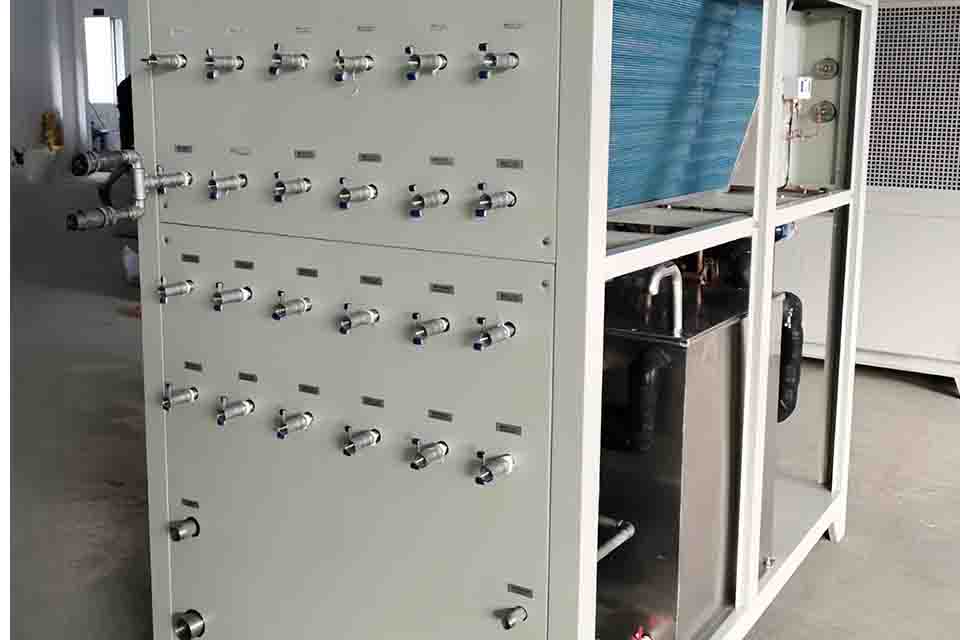
What is the Importance of Flow Rate and Pressure in a Chiller System?
The flow rate, or the suv hajmi circulated through the chiller per unit of time, is another critical factor. It directly impacts the chiller‘s ability to issiqlikni olib tashlang from the process. The correct flow rate ni ta'minlaydi suv spends enough time in the chiller to be cooled to the desired temperature.
The pressure the pump can deliver is also important, especially in systems with long hose runs or complex piping. Insufficient pressure can lead to reduced flow rates and inadequate sovutish. It’s essential to select a chiller with a pump that can deliver the required flow rate across the system at the necessary pressure. In my experience, neglecting flow rate and pressure considerations can lead to significant performance issues.
Havo sovutgichli va suv bilan sovutilgan sovutgichlar: qaysi biri sizga mos keladi?
The choice between havo bilan sovutilgan va suv bilan sovutilgan sovutgichlar depends on various factors, including the application, the availability of water, the muhit temperature, and the desired efficiency.
Havo sovutgichli sovutgichlar are generally simpler and have lower maintenance requirements, making them suitable for smaller applications or locations with limited water access. However, they are less samarali ichida yuqori muhit harorati. Water-cooled sovutgichlar offer higher efficiency and are preferred for larger industrial applications where sovutish water is readily available. They are typically installed indoors and offer better performance in hot environments. I’ve often recommended suv bilan sovutilgan sovutgichlar to clients with high sovutish loads and access to a reliable water source.
Here are some additional factors to consider when choosing between havo bilan sovutilgan va suv bilan sovutilgan sovutgichlar:
- Noise: Air-cooled sovutgichlar are typically noisier than suv bilan sovutilgan sovutgichlar because they use fans to dissipate heat. This can be a concern in noise-sensitive environments.
- Kosmos: Havo sovutgichli sovutgichlar require more space for ventilation than suv bilan sovutilgan sovutgichlar.
- Korroziya: Water can be corrosive, which can shorten the lifespan of suv bilan sovutilgan sovutgichlar if not properly maintained. Therefore, it is essential to monitor the water quality and use appropriate korroziya inhibitors.
How to Maintain and Troubleshoot Your Chiller?
Regular maintenance is crucial for ensuring the longevity and optimal performance of your chiller. This includes cleaning the kondensator bobinlar, tekshirish sovutgich levels, inspecting the pump and piping for leaks, and monitoring the suv quality. A used chiller requires even more attention.
Troubleshooting common issues, such as insufficient sovutish, unusual noises, or leaks, often involves checking the flow rate, suv harorati, va sovutgich levels. In many cases, these issues can be resolved by adjusting settings, cleaning components, or adding sovutgich. However, it’s always recommended to consult with a qualified technician for complex problems. My experience has taught me that proactive maintenance can prevent most issues and significantly extend the chillerning umri.
What are the Key Factors to Consider When Choosing a Chiller Manufacturer?
To'g'ri tanlash manufacturer is as important as choosing the o'ng sovutgich. Look for manufacturers with a proven track record, extensive experience in your industry, and a reputation for producing high-quality, reliable equipment.
Consider factors such as the manufacturer’s warranty, after-sales support, and the availability of spare parts. It’s also beneficial to choose a manufacturer that offers customization options to tailor the chiller to your specific needs. In my experience, working with a reputable manufacturer like us can make a significant difference in the overall performance and reliability of your sovutish tizimi.
Ready to Optimize Your Cooling System? Contact Us for Expert Guidance
ni tanlash o'ng sovutgich is a critical decision that impacts your operational efficiency, productivity, and bottom line. At Industrial Water Chiller Manufacturing Plants for products, we understand the complexities involved in selecting and sizing sanoat sovutgichlari. With years of experience serving diverse industries, including Plastics and Rubber, Machining, Oziq-ovqat va ichimliklar sanoati, Chemical and Pharmaceutical, Electronics, Laser, Printing, Medical, Laboratories and Research Institutions, and Data Centers, we have the expertise to guide you through every step of the process.
Our team of experienced engineers can help you determine the optimal chiller hajmi and type for your specific application, taking into account factors such as sovutish yuki, muhit temperature, flow rate, and pressure requirements. We offer a wide range of sovutgichlar, shu jumladan havo bilan sovutilgan and water-cooled units, with various sovutish quvvatlari available to meet your unique needs.
We pride ourselves on providing personalized service and support, from initial consultation to installation and beyond. Our commitment to quality, reliability, and customer satisfaction sets us apart. We don’t just sell sovutgichlar; we provide comprehensive sovutish sizning maxsus ehtiyojlaringizga moslashtirilgan echimlar.
Whether you need a standard unit or a customized system, we have the expertise and resources to deliver the perfect chiller for your application. Our website offers detailed information on a wide array of products including Havo sovutgichli vintli sovutgichlar, Qishloq xo'jaligi uchun sanoat sovutgichlari, Suv bilan sovutilgan vintli markaziy sovutgichlar, Glikol sovutgichlari, HVAC sovutgichlari, Suv sovutgichli vintli suv sovutgichi, each designed to meet specific industrial needs. We’re here to help you make the best choice for your business. Let’s work together to optimize your sovutish tizimi and enhance your operational efficiency.
Biz bilan bog'lanish today to discuss your sovutish needs and discover how our expertise can benefit your operations.
Tez-tez so'raladigan savollar
Havo sovutgichli va suv bilan sovutilgan sovutgichlar o'rtasidagi farq nima?
Havo sovutgichli sovutgichlar use ambient air to remove heat, while water-cooled sovutgichlar use water. Water-cooled units are generally more efficient, especially in hot environments, but require a water source.
Ilovam uchun mos o'lchamdagi chillerni qanday aniqlash mumkin?
The to'g'ri o'lcham ga bog'liq sovutish yuki, which can be calculated based on the flow rate and temperature difference or the heat generated by your equipment.
What is the importance of flow rate in a chiller system?
Oqim tezligi determines how quickly the suv sovutiladi. The correct flow rate ensures the water spends enough time in the chiller to reach the desired temperature.
How does ambient temperature affect chiller performance?
Yuqori muhit temperatures reduce the efficiency of havo sovutgichli sovutgichlar, requiring a larger unit to achieve the same sovutish capacity.
What maintenance is required for chillers?
Regular maintenance includes cleaning kondensator bobinlar, tekshirish sovutgich levels, inspecting pumps and piping, and monitoring suv sifat.
Why should I choose Industrial Water Chiller Manufacturing plants for products as my chiller supplier?
We have extensive experience, offer customized solutions, and are committed to quality and customer satisfaction. We provide comprehensive support from selection to installation and beyond.
Asosiy xulosalar
- ni tanlash correct chiller size is crucial for optimal performance and efficiency.
- Cooling load, muhit temperature, flow rate, and pressure are critical factors to consider.
- Havo sovutilgan va suv bilan sovutilgan sovutgichlar have distinct advantages and disadvantages.
- Regular maintenance is essential for extending chiller lifespan and preventing issues.
- Choosing a reputable manufacturer like us ensures quality, reliability, and expert support.
- There may be other circumstances to think about before making a decision.
By understanding these key concepts and partnering with experienced professionals, you can confidently select the o'ng sovutgich for your application, ensuring efficient, reliable, and cost-effective sovutish for years to come.
